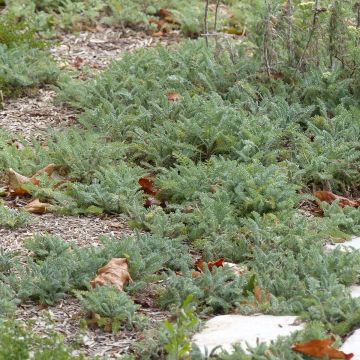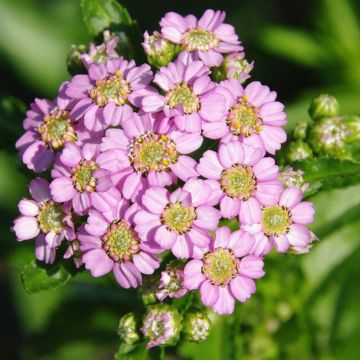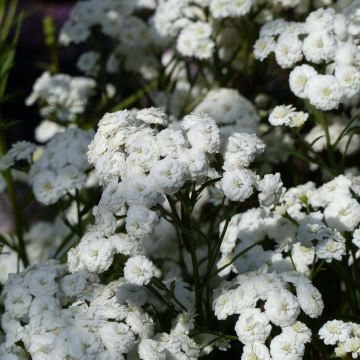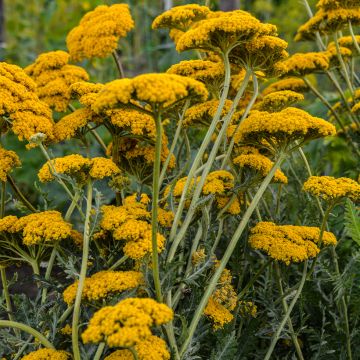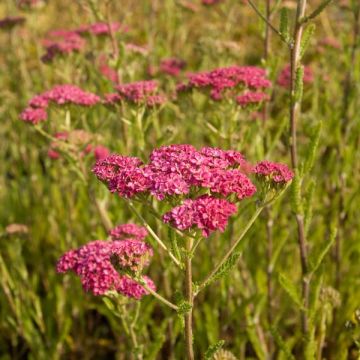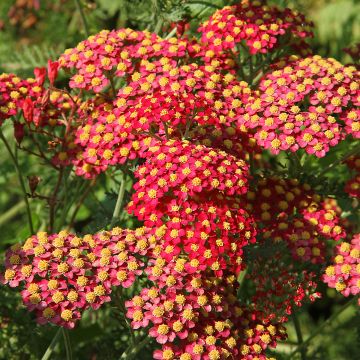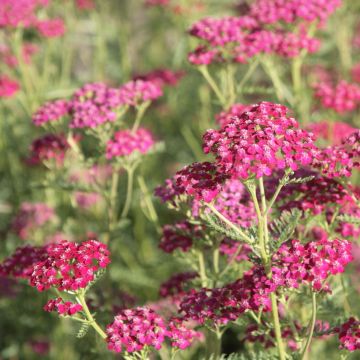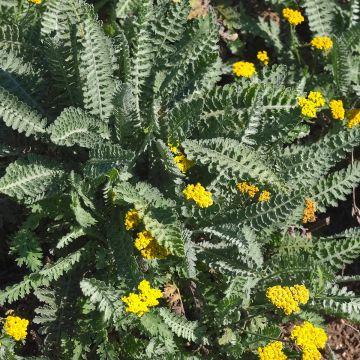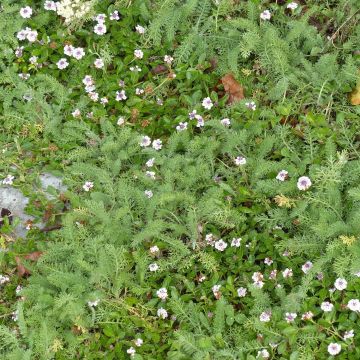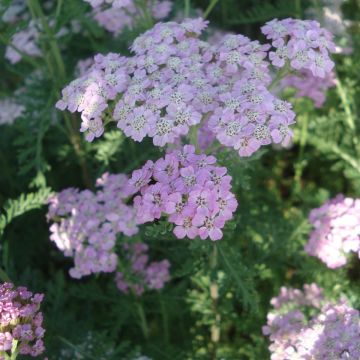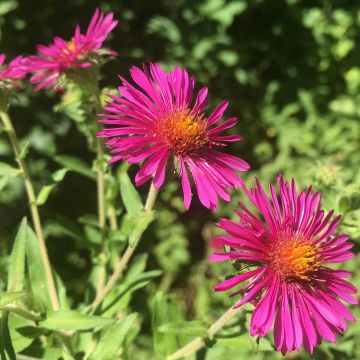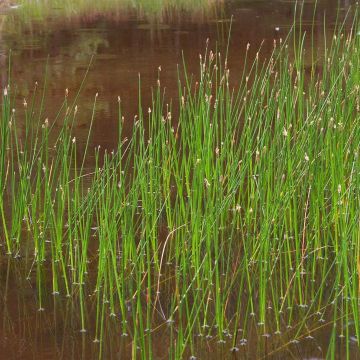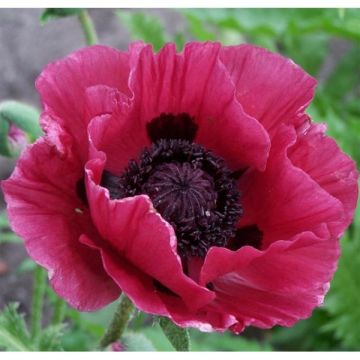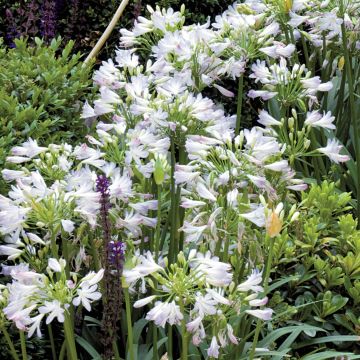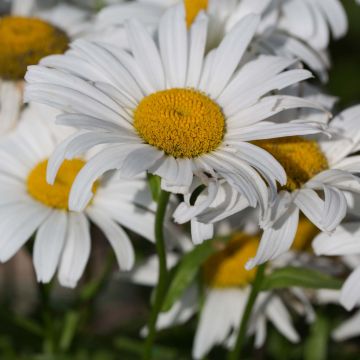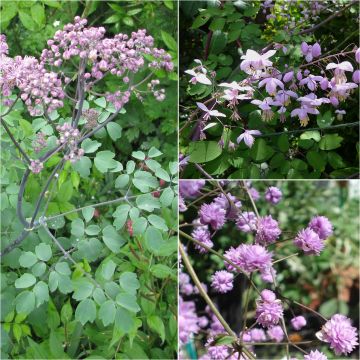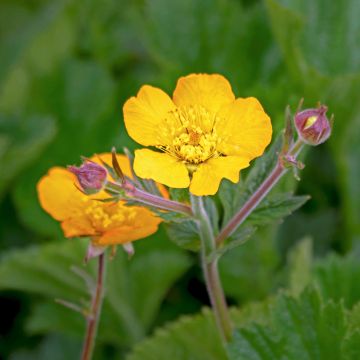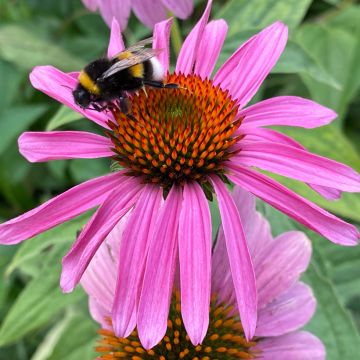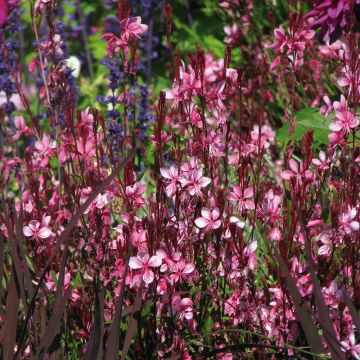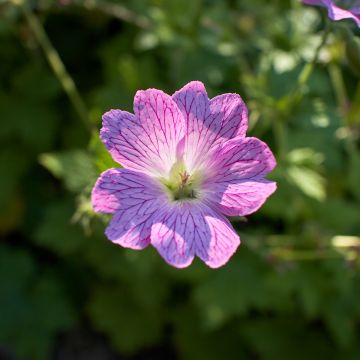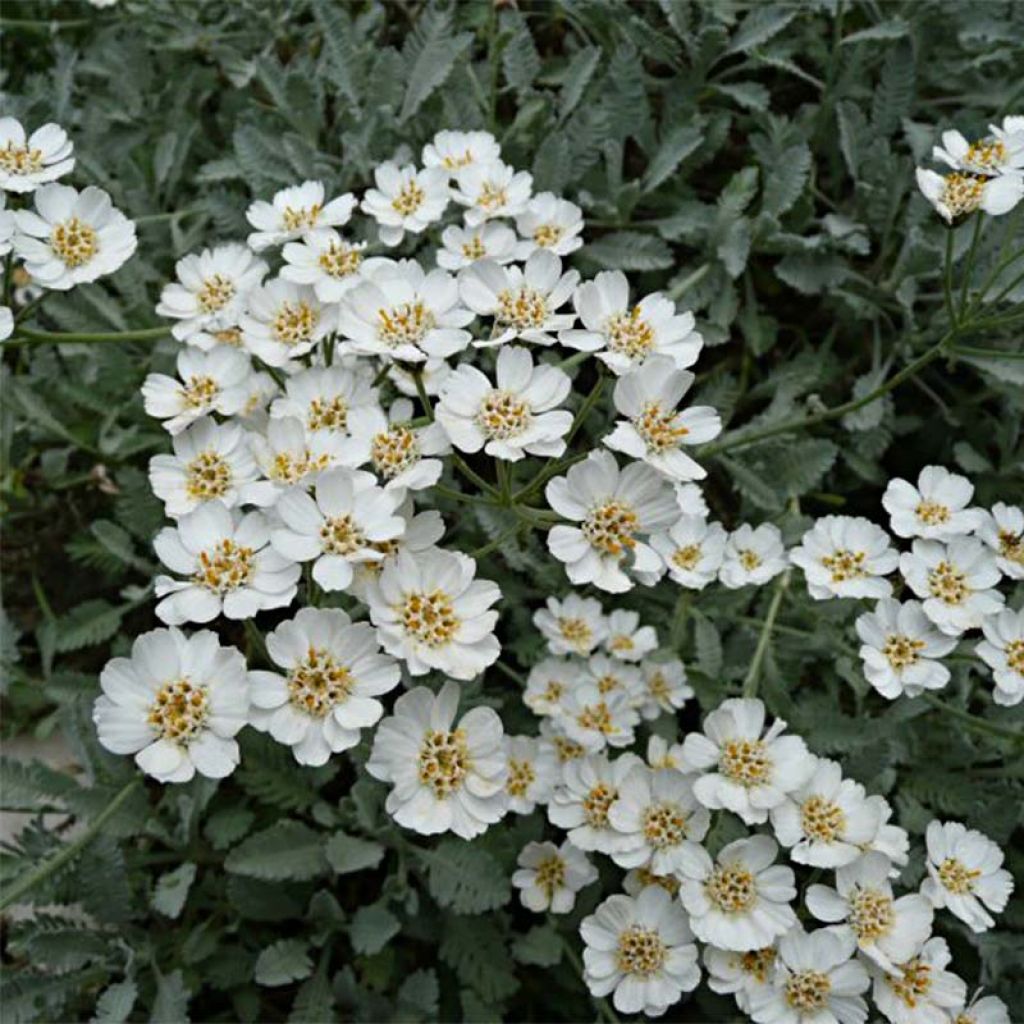

Achillea umbellata
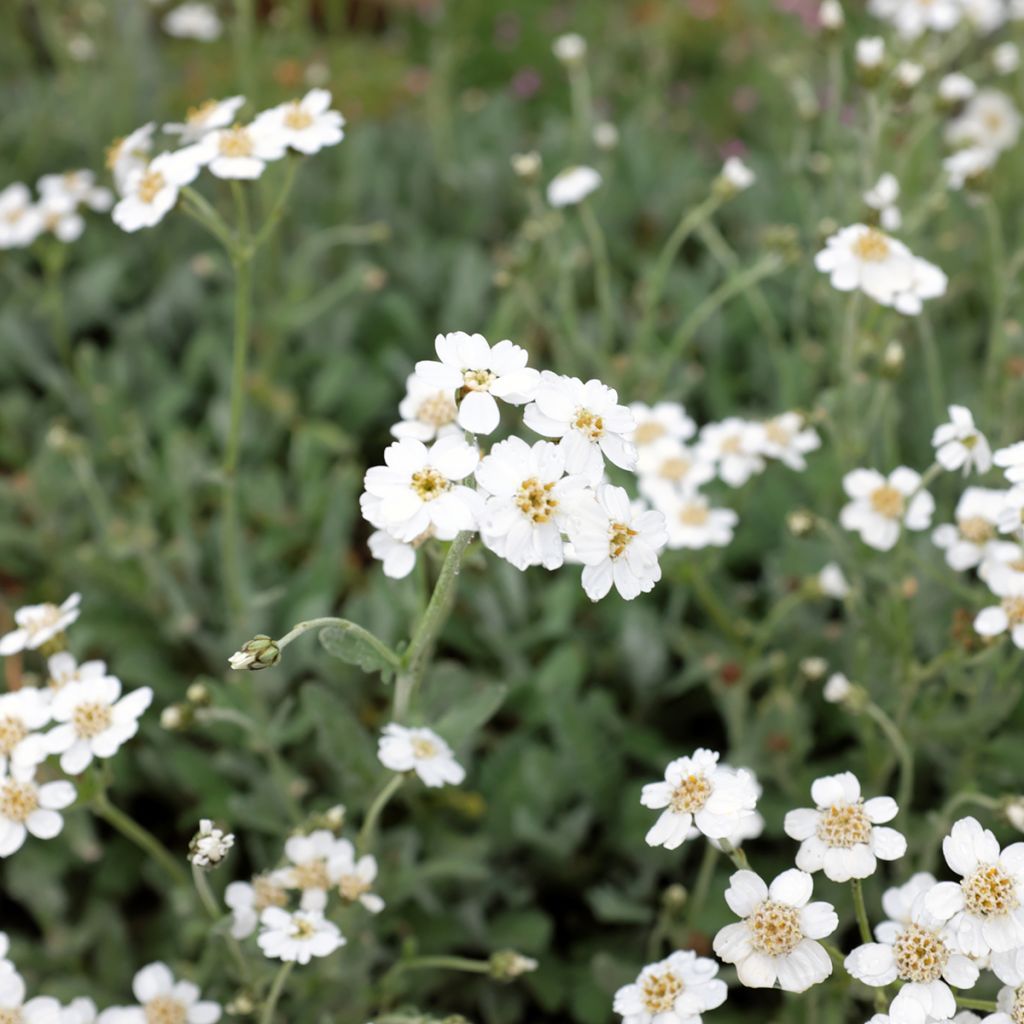

Achillea umbellata
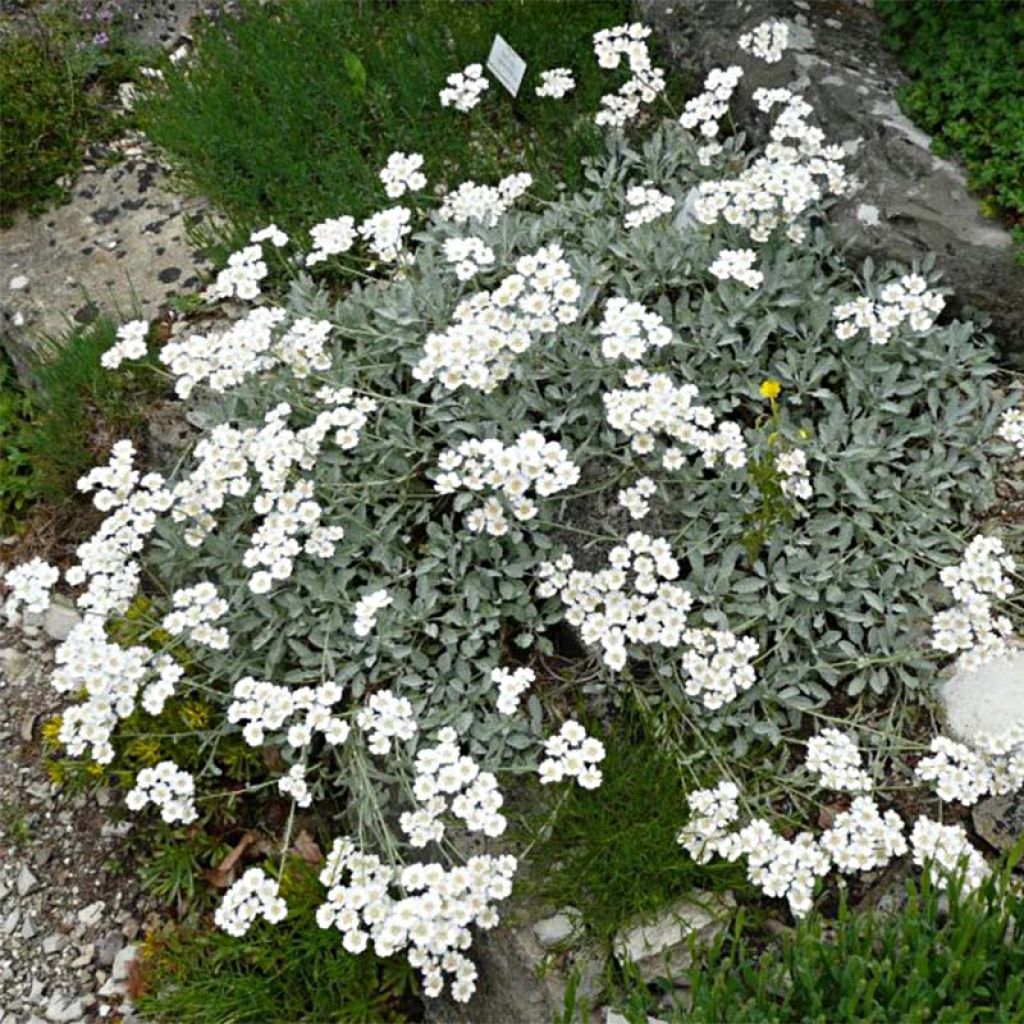

Achillea umbellata
Achillea umbellata
Achillea umbellata
Yarrow
Lovely little plants that seem to be thriving.
Hsoq, 12/10/2024
Order in the next for dispatch today!
Dispatch by letter from €3.90.
Delivery charge from €5.90 Oversize package delivery charge from €6.90.
More information
This item is not available in your country.
Schedule delivery date,
and select date in basket
This plant carries a 12 months recovery warranty
More information
We guarantee the quality of our plants for a full growing cycle, and will replace at our expense any plant that fails to recover under normal climatic and planting conditions.
From €5.90 for pickup delivery and €6.90 for home delivery
Express home delivery from €8.90.
From €5.90 for pickup delivery and €6.90 for home delivery
Express home delivery from €8.90.

Does this plant fit my garden?
Set up your Plantfit profile →
Description
The Achillea umbellata, also known as the Umbellate yarrow, is a small perennial plant that grows close to the ground, forming delightful silver cushions that are as pleasing to the eye as they are to the touch. Its finely toothed foliage, with a beautiful bright silver-grey colour in winter, turns almost white in summer due to heat and drought. Its pure white umbel flowers dominate the cushion of leaves in spring. This excellent rockery perennial requires little maintenance and weeding thanks to its allelopathic properties*. It can be grown in full sun or partial shade, in light and well-drained soil, alone or mixed with other ground cover plants.
The Achillea umbellata, from the Aster family, is native to mountainous regions of Greece. The plant forms a precious-looking ground cover, growing up to 15-25 cm (6-10in) in flower and 10-15 cm (4-6in) for foliage, depending on growing conditions. It spreads quite slowly on the ground, up to 35 cm (14in), through stolons. Its foliage remains throughout the year, unaffected by winter cold or summer heat. Very finely toothed, covered in a silver-grey that becomes very light in July-August, it has a very soft appearance pleasing to the touch. Flowering occurs from April to early June, depending on the climate. The flower heads are pure white with a creamy yellow centre.
All yarrows thrive in the sun and are incredibly hardy. The Achillea umbellata, requiring very little maintenance, is a small ground cover suitable for rockeries but also for bordering flowerbeds and edging woodland areas under deciduous trees or shrubs, which can tolerate root competition. Non-invasive, very hardy, and not demanding in terms of soil, water-saving, and ideal for dry and arid slopes, this yarrow limits the proliferation of weeds. It adds a precious touch to the garden. It can be combined with other ground cover or cushion plants such as Geranium sanguineum, Erigeron karvinskianus, and Nepeta x faassenii. Many combinations are possible, such as with dwarf Teucrium, Artemisia lanata, Centaurea bella, various Thymus (hirsutus, ciliatus, lanigerus), or other yarrows (millefolium, coarctata, nobilis), etc.
*Certain plants have allelopathic properties: Plants release certain compounds from their roots and leaves that can prevent nearby plants from growing. These compounds can have different purposes, such as killing insects, fighting microbes, or stopping the growth of other plants.
Report an error about the product description
Achillea umbellata in pictures
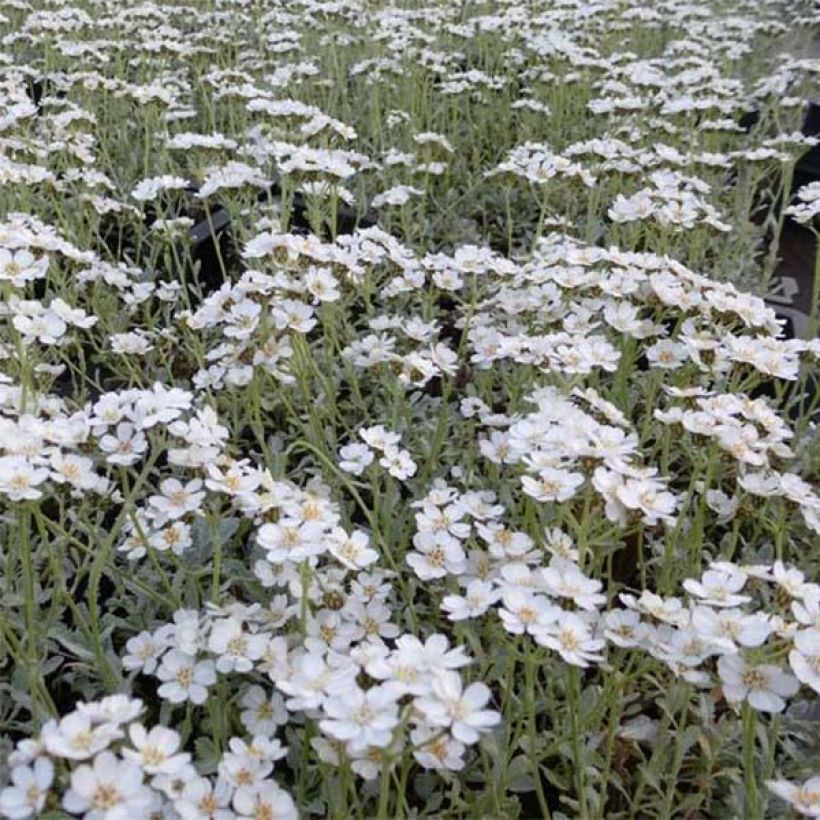

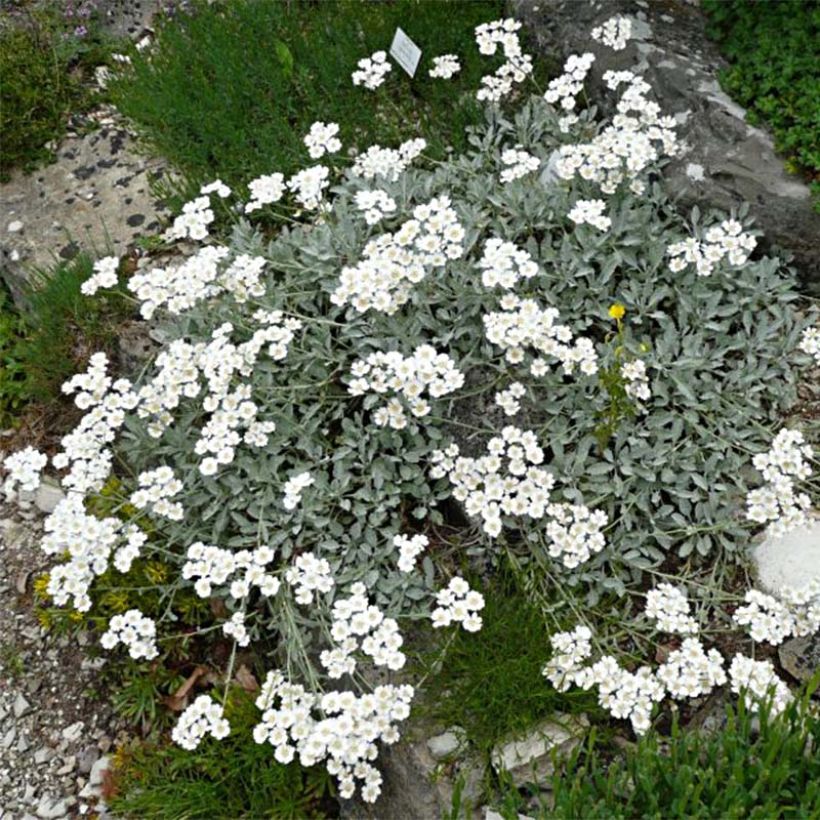

Flowering
Foliage
Plant habit
Botanical data
Achillea
umbellata
Asteraceae
Yarrow
Ptarmica umbellata
Mediterranean
Other Achillea
Planting and care
Achillea umbellata is a plant that's easy to grow and thrives in full sun or partial shade in hot and dry climates. It can adapt to any type of well-drained soil, including sandy, limestone or clayey soils. Once established, this plant effectively suppresses the growth of weeds. Careful weeding of the cushions during the first two years is important. It's worth noting that this yarrow can tolerate the competition from the roots of bushes and trees on the edge of undergrowth or grove. The plant can withstand temperatures as low as -15°C (5°F) minimum.
Planting period
Intended location
Care
-
, onOrder confirmed
Reply from on Promesse de fleurs
Summer flowering perennials
Haven't found what you were looking for?
Hardiness is the lowest winter temperature a plant can endure without suffering serious damage or even dying. However, hardiness is affected by location (a sheltered area, such as a patio), protection (winter cover) and soil type (hardiness is improved by well-drained soil).

Photo Sharing Terms & Conditions
In order to encourage gardeners to interact and share their experiences, Promesse de fleurs offers various media enabling content to be uploaded onto its Site - in particular via the ‘Photo sharing’ module.
The User agrees to refrain from:
- Posting any content that is illegal, prejudicial, insulting, racist, inciteful to hatred, revisionist, contrary to public decency, that infringes on privacy or on the privacy rights of third parties, in particular the publicity rights of persons and goods, intellectual property rights, or the right to privacy.
- Submitting content on behalf of a third party;
- Impersonate the identity of a third party and/or publish any personal information about a third party;
In general, the User undertakes to refrain from any unethical behaviour.
All Content (in particular text, comments, files, images, photos, videos, creative works, etc.), which may be subject to property or intellectual property rights, image or other private rights, shall remain the property of the User, subject to the limited rights granted by the terms of the licence granted by Promesse de fleurs as stated below. Users are at liberty to publish or not to publish such Content on the Site, notably via the ‘Photo Sharing’ facility, and accept that this Content shall be made public and freely accessible, notably on the Internet.
Users further acknowledge, undertake to have ,and guarantee that they hold all necessary rights and permissions to publish such material on the Site, in particular with regard to the legislation in force pertaining to any privacy, property, intellectual property, image, or contractual rights, or rights of any other nature. By publishing such Content on the Site, Users acknowledge accepting full liability as publishers of the Content within the meaning of the law, and grant Promesse de fleurs, free of charge, an inclusive, worldwide licence for the said Content for the entire duration of its publication, including all reproduction, representation, up/downloading, displaying, performing, transmission, and storage rights.
Users also grant permission for their name to be linked to the Content and accept that this link may not always be made available.
By engaging in posting material, Users consent to their Content becoming automatically accessible on the Internet, in particular on other sites and/or blogs and/or web pages of the Promesse de fleurs site, including in particular social pages and the Promesse de fleurs catalogue.
Users may secure the removal of entrusted content free of charge by issuing a simple request via our contact form.
The flowering period indicated on our website applies to countries and regions located in USDA zone 8 (France, the United Kingdom, Ireland, the Netherlands, etc.)
It will vary according to where you live:
- In zones 9 to 10 (Italy, Spain, Greece, etc.), flowering will occur about 2 to 4 weeks earlier.
- In zones 6 to 7 (Germany, Poland, Slovenia, and lower mountainous regions), flowering will be delayed by 2 to 3 weeks.
- In zone 5 (Central Europe, Scandinavia), blooming will be delayed by 3 to 5 weeks.
In temperate climates, pruning of spring-flowering shrubs (forsythia, spireas, etc.) should be done just after flowering.
Pruning of summer-flowering shrubs (Indian Lilac, Perovskia, etc.) can be done in winter or spring.
In cold regions as well as with frost-sensitive plants, avoid pruning too early when severe frosts may still occur.
The planting period indicated on our website applies to countries and regions located in USDA zone 8 (France, United Kingdom, Ireland, Netherlands).
It will vary according to where you live:
- In Mediterranean zones (Marseille, Madrid, Milan, etc.), autumn and winter are the best planting periods.
- In continental zones (Strasbourg, Munich, Vienna, etc.), delay planting by 2 to 3 weeks in spring and bring it forward by 2 to 4 weeks in autumn.
- In mountainous regions (the Alps, Pyrenees, Carpathians, etc.), it is best to plant in late spring (May-June) or late summer (August-September).
The harvesting period indicated on our website applies to countries and regions in USDA zone 8 (France, England, Ireland, the Netherlands).
In colder areas (Scandinavia, Poland, Austria...) fruit and vegetable harvests are likely to be delayed by 3-4 weeks.
In warmer areas (Italy, Spain, Greece, etc.), harvesting will probably take place earlier, depending on weather conditions.
The sowing periods indicated on our website apply to countries and regions within USDA Zone 8 (France, UK, Ireland, Netherlands).
In colder areas (Scandinavia, Poland, Austria...), delay any outdoor sowing by 3-4 weeks, or sow under glass.
In warmer climes (Italy, Spain, Greece, etc.), bring outdoor sowing forward by a few weeks.


































